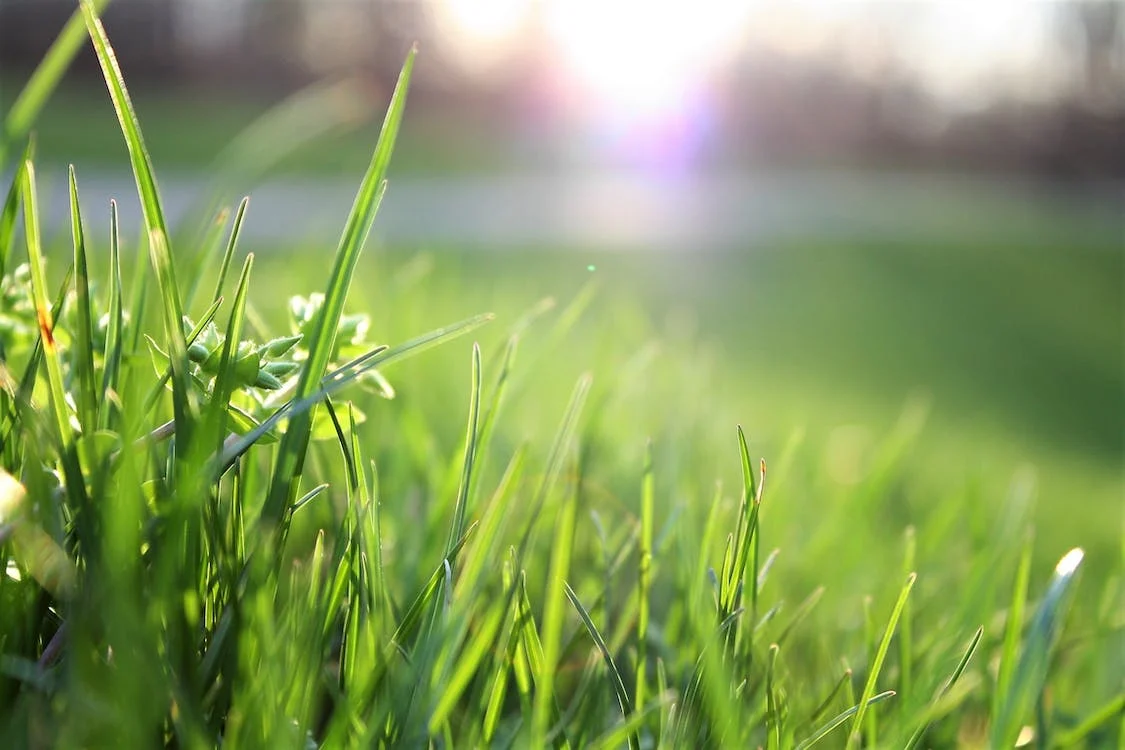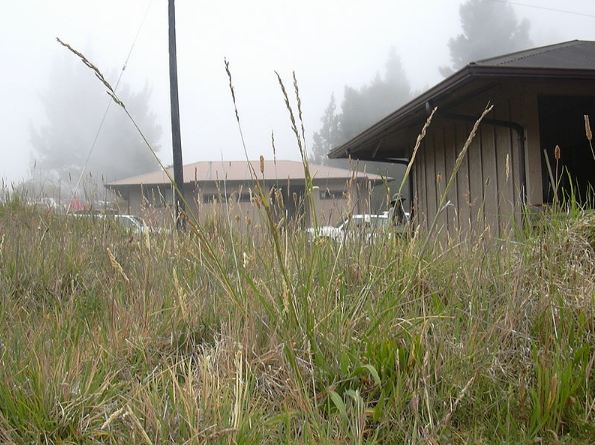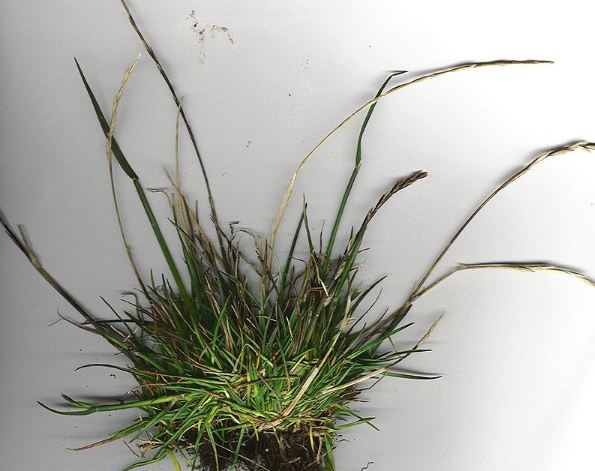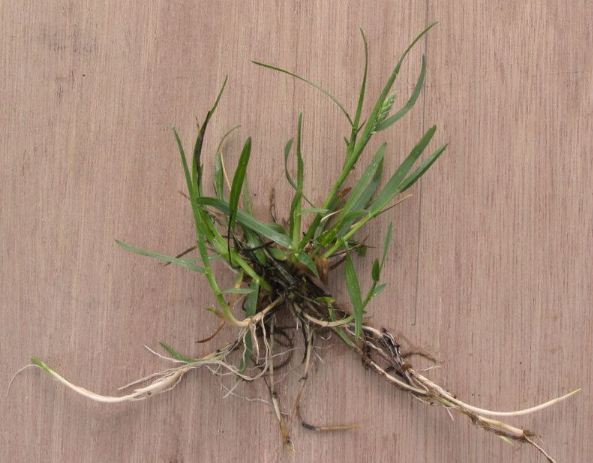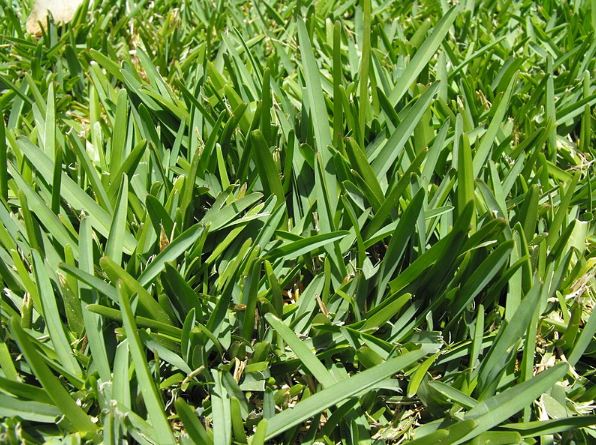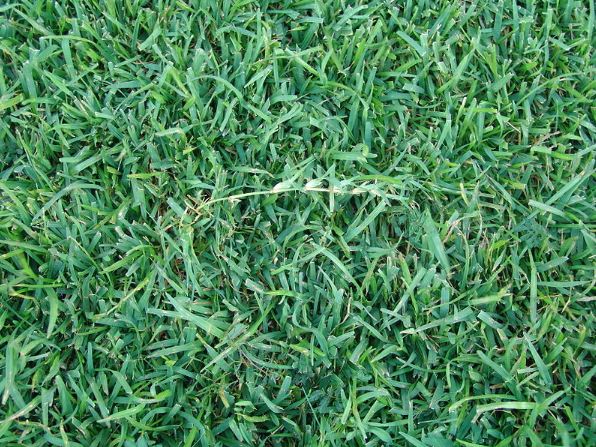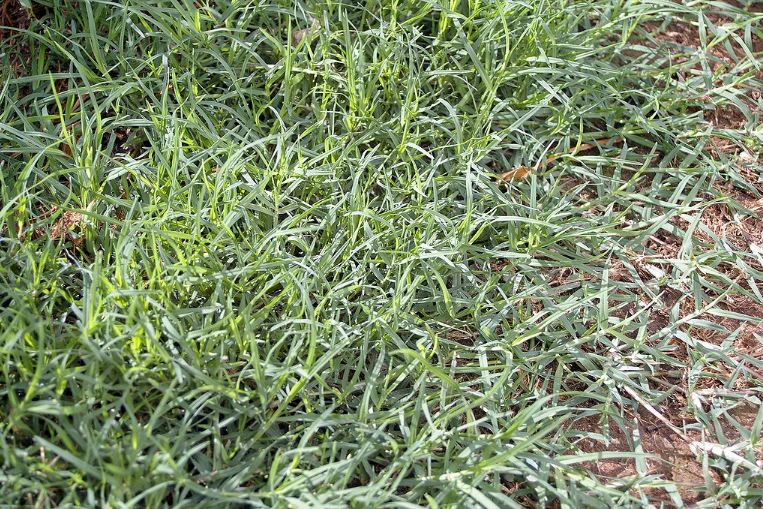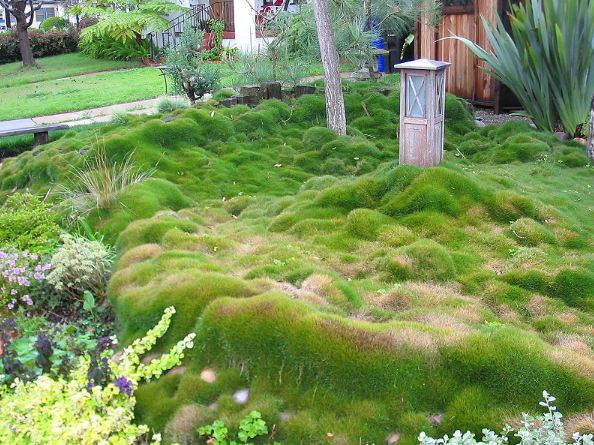Identifying the type of grass your lawn has is an essential prerequisite for meeting the needs of it. It helps you give your plant the best possible care, making the entire process seamlessly smooth with little to no gardening setbacks resulting in beautifully adorned turfgrass.
Your lawn may consist of one grass species or contain a mixture of different species to form a beautiful, sustainable, and lush green lawn. However, with more than 12000 known species of grass worldwide, many find it hard to differentiate between the types and mark their grass identity. To help you with the identification of the grass you have, let’s have a look at the steps below.
Know the Region of Your Plantation
Knowing the region of grass plantations is incredibly essential to identify its species. From climate and soil to the availability of resources, only specific species of grass grow and thrive in different regions. Therefore, on the journey of finding your grass I.D, the location of its plantation plays a pivotal, or perhaps, the first and foremost role.
If your grass lawn exists in the northern half of the United States, it is likely to be a cool-season perennial grass. As the name indicates, cool-season grasses are more suited to cold climatic regions and can not resist the hot southern climate.
On the contrary, if the location of your grass is in the Southern half of the country, it is a warm-season perennial grass that grows during summer seasons.
For grasses that exist in the transition zone where both halves of the States meet, your lawn may exhibit a mixture of both the cool-season and warm-season kinds of grass.
Note Essential Grass Features: Observation is Your Key
After narrowing down your speculations to either cool-season or warm-season grasses, some essential grass features can help you identify the species of your grass effectively. We recommend taking a notebook and observing your lawn grass for a good couple of minutes. Features such as color, texture, and flowers require little to no effort for observation; hence, note them down the first. After this, have a closer look to identify the width and length of leaf blades. The characteristic measurements of leaves vary from species to species. You should also see whether the blade tips are rounded, boat-shaped, or sharp-ended. The arrangement of grass leaves or venation in either V-shaped, circular, or folded ways, can also play a pivotal role when confirming the identity of your grass. Some other features you can observe and keep a record of include:
– The growing habits of your grass plant, such as stolons, rhizomes, etc.
– The suitable growing seasons.
– Any unique properties your lawn grass possesses.
– The natural ability of your grass to fight off pests, compete with weed, and thrive in extreme climatic conditions.
Common Cool-Season Lawn Grasses for Identification
Below are the profiles of some most common cool-season lawn grasses across the United States. Go through their features and characteristics for a seamless and smooth process of identification for your grass type.
Bentgrass
As a popular turfgrass in The Northern United States, bentgrass is a common sight on golf courses, residential lawns, and parks. It grows as low as 1/10’’ and forms a dense turf, making it an ideal choice for fairways and putting greens. The blades are narrow and flat, having a soft texture. Its growing mechanism is via an extensive production of stolons. However, this grass species can take a toll on your budget and time because of its maintenance needs. To take care of it, you require insecticides, fungicides, fertilizers, and costly mowing equipment. The grass also requires watering every day.
Profile Summary:
- Narrow, flat blades
- Soft leaf texture and dense turf
- Green color
- 1/10’’ leaves
- Expensive to maintain
- Requires daily watering
Fine Fescue
The term ‘fine fescue’ refers to a group of grasses that share similar characteristics and properties; hard, chewing, sheep, and red. As the name implies, fine fescue grasses are finely textured and feature needle-like blades. Famous for their tolerance of shade, one can see fine fescue in the Northeast or North Central U.S for good times. They grow as long as 16 inches and have a gray-green color. The leaf texture is sharp yet soft. This grass species grows very fast and has watering needs above-average cool-season perennial grasses. They also have low resistance against heat and dry conditions.
Profile Summary:
- Hair like sharp-edged leaves
- A length of 16’’ inches or low.
- Soft texture
- Gray-Green or Dull Color
- Fast Growth
- Above-average needs of water
- Low tolerance to dry and hot climates
Ryegrass
With a characteristic shine, ryegrass is an easy to spot cool-season perennial grass. It is prevalent in the regions of Mid to the North United States. The plant also features a whitish cast after mowing. Ryegrass is a type of bunchgrass that germinates quickly, and gardeners often use it in mixtures with Kentucky Bluegrass. With pointed blades of a length of 8’’ and visible venation, Kentucky bluegrass has a characteristic look. It has a soft texture and forms a beautifully even dark green turf on a lawn. It has four main types and has a quick germination and growth period. Despite being a cool-season grass, ryegrass generally does not thrive in the regions of Minnesota, Wisconsin, or Canada due to extreme conditions.
Profile Summary:
- Features pointed leaf blades
- Prominent veins
- Width of 1/8’’
- Even dark green turf
- Soft grass texture
- Fast germination and growth
- Average water needs
Kentucky Bluegrass
As a common sight in northern residential landscapes and sod farms, Kentucky bluegrass is amongst the most famous cool-season grasses in the North. It has a deep and beautiful green color along with an excellently smooth texture. It establishes well from seeds and develops quickly via an extensive system of rhizomes. The blades of this plant are V-Shaped and 1/ 8’’ wide. The plant also has shade intolerance.
Profile Summary:
- V-shaped and pointed blades
- 1/8” wide leaf blades
- Soft and smooth grass texture
- Dark green dense turf
- Aggressive growth via rhizomes
- Average needs for water
Common Warm-Season Lawn Grasses for Identification
If you’re trying to find out the grass profile from a lawn in the Southern United States, have a look at some common warm-season lawn grasses and see if one of these is the one you have.
St. Augustine Grass/ Floratam
Found in warm and arid regions such as Florina and the Gulf Coast, St. Augustine grass forms a dark green spongy turf. It has a coarse texture with characteristic blades; 1/ 4 wide and round. The plant establishes itself slowly and can root from all seed, sod, or plugs. It needs frequent watering and grows via above-ground stolons. It fosters the best in moist and warm regions, with low tolerance to cold temperatures.
Profile Summary:
- Features characteristic broad and round tip blades
- Forms a dark green spongy turf
- Has a Coarse texture
- It grows slowly from either seed, sod, or plugs.
- Needs water frequently
- 1/ 4 inches wide leaf blades
Centipede grass
Centipede grass is a popular warm-season perennial grass that establishes via stolons, forming a dense lawn turf. As it spreads horizontally, centipede grass needs little to no mowing. One can also edge it around garden beds and sidewalks with ease. Prevalent in the warm, humid areas of the South, it is intolerant towards extreme dry and hot conditions. It has adequate watering needs but requires less fertilizer to attain its maximum growth potential. It features a crabgrass-like head of seed along with pointed blades. It forms a dense yet soft textured light-green turf. The best part? It has a smooth look as it does not have hairs on the edge of its grass leaves.
Profile Summary:
- Features pointed with notch blades.
- A characteristic light green color
- Soft and dense turf
- Slow and horizontal growth
- Requires less water than average warm-season grasses
- Intolerant of extreme weathers
Bermuda grass
Prevalent in the residential landscapes of the Central United States to as far north as Kansas City, bermudagrass forms a great home lawn. It can tolerate low mowing heights, and hence, is frequently found in golf courses of the South. It develops via stolons and rhizomes, forming a thick and dense deep green turf. It has sharp and pointed leaf blades that are 1/ 8’’ wide. The plant also has a close cut and high-quality growth. However, the requirements to maintain and take care of this warm-season grass are very high.
Profile Summary:
- Sharp and pointed blades with a width of 1/ 8’’.
- Deep green and dense turf
- High-Quality Rate of Growth
- High Fertilization, Irrigation, and Maintenance Needs
Zoysia grass
With narrow needle-like blades and a still carpet-like texture, Zoysia grass is a unique warm-season grass. It forms a very thick turf with a green color. Zoysia grass is a common sight in the Middle and East of the States, stretching as far as the Carolinas. It turns brown in the winter seasons and has slow growth. It needs regular mowing as its stiff blades lead to seed heads that make your lawn appear less even.
Profile Summary:
- Narrow and Needle-Like Leaf Blades Blade: Narrow, needle-like
- Thick Green Turf
- Carpet-like and prickly structure
- Has a slow rate of growing
- Needs average water amounts like other warm-season grasses
The Takeaway
Employ the steps above to identify the type of your grass. Once you know the species of grass you have, have a look at our blogs on specific grass kinds and adhere to their needs of care and maintenance for a beautiful lawn.

